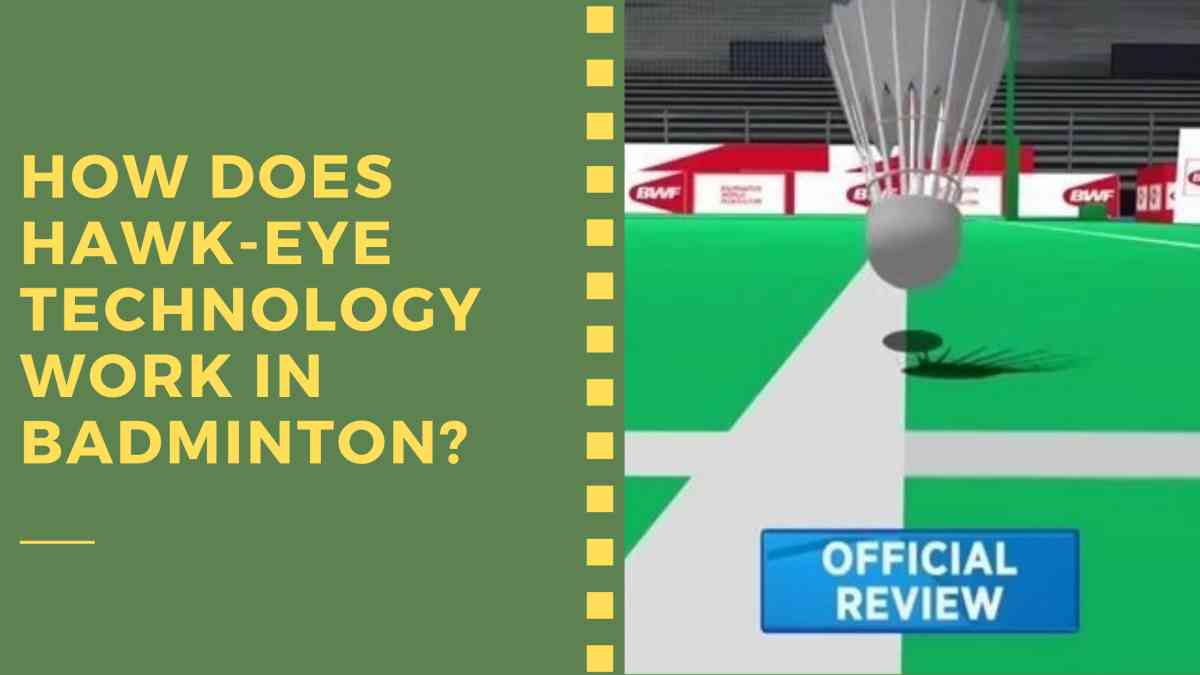In past years, humans made the final decisions on a sports field. They still do in current times.
But now they have technology to rely on to arrive at correct decisions. And badminton is no different in that aspect.
It’s a fast-paced racket sport where an unfair decision can turn the fate of the match within minutes. So to minimise human errors, the sport uses a piece of technology known as Hawk-Eye.
If you are a cricket fan, you must have heard about it. That’s where the system rose to prominence before entering other sports fields.
If you have heard of this system for the first time, then stick around.
In this article, we’ll learn about the Hawk-Eye technology and how it works in badminton.
What is Hawk-Eye technology?
See, Hawk-Eye is a system that tracks the movement of an object – a shuttlecock in the case of badminton – during gameplay. The system helps in determining the exact landing of the shuttle on the court.
So how does Hawk-Eye technology work in badminton?
Well, the Hawk-Eye system uses a set of cameras placed all around the venue that capture the live proceedings happening on the badminton court. The technology needs a minimum of six cameras, though the number may vary based on the venue.
The captured footage is then relayed to a computer that creates a three-dimensional image of the shuttle and its trajectory. This whole process happens in real-time, with each smash flying back and forth.
When does Hawk-Eye technology come into the picture during a badminton game?
As mentioned earlier, the Hawk-Eye helps the officials check the landing of the shuttle in close calls, especially the line calls.
So if a player challenges the decision of the line judge, the chair umpire will ask for the help of the Hawk-Eye operator to arrive on the right call. As the Hawk-Eye operator receives the request, they replay the footage with 3D imaging, showing the trajectory of the shuttle till its final touchdown on the court.
If the system shows the shuttle landing on the line, then it’s in. If it lands outside, then it’s out.
Sometimes a line judge may fail to see the exact landing point of the shuttle in real time. And that’s when the Hawk-Eye technology comes to the rescue, helping umpires give a correct verdict.
When was Haw-Eye first used in badminton?
The Badminton World Federation (BWF) first used the Hawk-Eye system in 2014. Now it’s been a decade that the technology has become a regular on the badminton court, with all major tournaments boasting the system.
Read Next | Unforced Errors in Tennis – Explained
